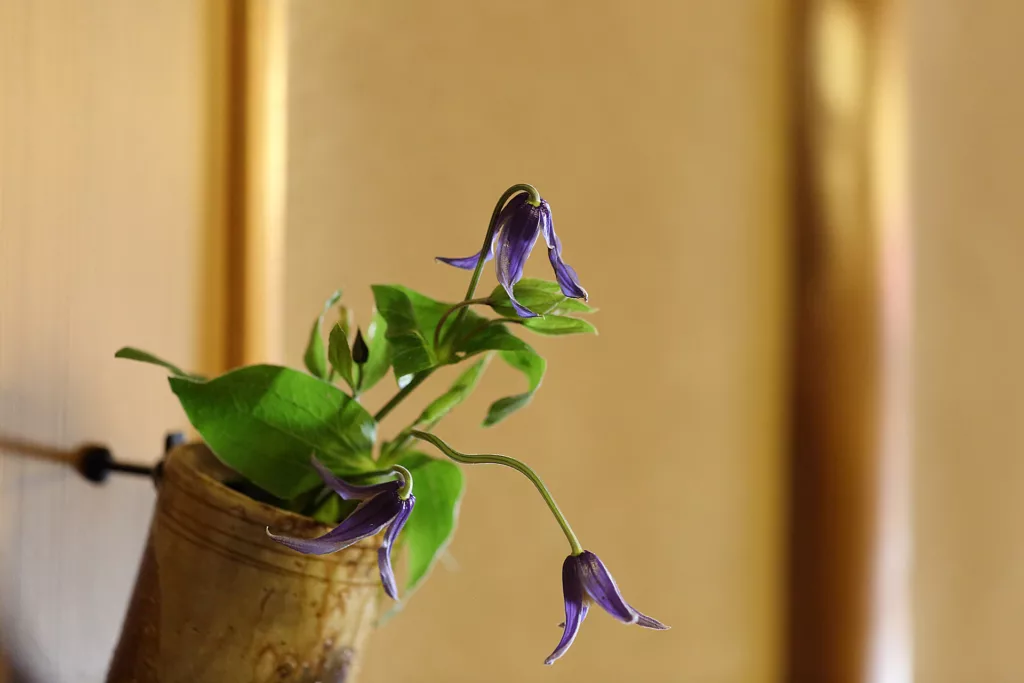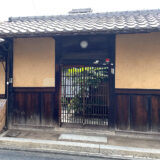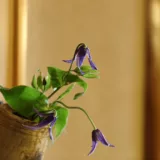The mitate (見立て) concept offers a unique window into Japanese aesthetics, where creativity and reinterpretation thrive. Whether in traditional art, gardens, or the serene world of tea ceremonies, mitate encourages us to see beyond the surface of things to discover new connections and deeper meanings. Rooted in Japan’s long history, especially in the teachings of tea master Sen no Rikyu (千利休), Mitate continues to inspire modern artists and thinkers. In this article, we’ll explore how Mitate shapes both the broader world of Japanese art and the refined practice of tea.

What is “Mitate”?
Mitate means “to see as” or “to liken something to something else.” It’s a form of creative interpretation where an object, scene, or idea is seen through the lens of something unrelated. This play of imagination leads to new associations, often surprising or delighting the observer.
For example, in Japanese gardens, rocks may be arranged to evoke mountains, or a tiny pond might symbolize the vast ocean. It’s not about literal representation but about capturing the essence or feeling of something grand or distant through simpler means. This reframing invites viewers to discover beauty and meaning in unexpected places.

Mitate can be found across many art forms in Japan. In Edo-period ukiyo-e woodblock prints, artists like Hokusai and Hiroshige used this technique to reimagine historical or mythical figures in modern settings, adding layers of meaning. Similarly, poets often drew connections between nature and human emotions in haiku poetry, using simple imagery to evoke deeper truths.
Mitate in the Way of Tea: A Legacy of Sen no Rikyu
One of the most influential figures to use mitate was Sen no Rikyū, the tea master who transformed the Way of Tea (Chadō). Rikyū revolutionized the practice by embracing simplicity, humility, and the beauty of imperfection, known as wabi-sabi (侘び寂び). Central to his vision was the idea of Mitate, which he used to elevate everyday objects, giving them new meaning and purpose within the tea ceremony.
In the world of tea, Mitate often involves recontextualizing ordinary objects, such as using a rustic, imperfect tea bowl to symbolize nature’s irregular beauty. Rikyū’s innovation was to use these simple, unassuming items to foster reflection and mindfulness. Instead of valuing objects for their material wealth, Rikyū taught that their true value came from their use and the spiritual experience they created.
A key example of mitate in Rikyu’s tea practice is kakemono (掛け物), or hanging scrolls, within the tea room. Rikyu would sometimes choose scrolls with poetry or artwork not directly related to tea, transforming the space’s meaning and encouraging guests to find new connections. His minimalist tea rooms were a form of Mitate—small, rustic spaces where every detail was thoughtfully arranged to evoke serenity and introspection.

painted by Hasegawa Tohaku, calligraphy by Syunoku Soen (partially)
Public domain, via Wikimedia Commons
The Power of Reinterpretation
What makes Mitate so powerful, both in art and in the tea ceremony, is its ability to challenge perceptions. It asks us to look beyond the obvious and engage with the world more mindfully and imaginatively. In the tea ceremony, serving tea in an ordinary bowl or using a simple ladle can become a profound meditation on simplicity, humility, and the beauty of the present moment.
Through Rikyu’s use of mitate, tea became not just a social gathering or display of wealth but an invitation to find beauty in simplicity. His approach redefined how people thought about objects, encouraging them to see everyday things as treasures worthy of appreciation and contemplation. This spirit of reinterpretation is what makes Mitate relevant even today.

Mitate in Modern Times
The concept of mitate continues to inspire modern design, fashion, and art. Today, artists and creators still find new ways to blend the old with the new, the familiar with the unexpected. In contemporary tea ceremonies, a tea master might use unconventional objects, such as a glass or wooden cup, instead of the traditional ceramic tea bowl, creating a dialogue between traditions and present innovation.
In design, Mitate is often used to create spaces that evoke natural forms or historical contexts in unexpected ways, such as a building that mimics the flow of a river or a modern fashion piece inspired by traditional kimono patterns. By blending the familiar and the unexpected, mitate continues to challenge how we perceive the world around us.

It is Mitate to the “Wind and Thunder God” by Tawaraya Sotatsu and Ogata Korin, who are linked to the Rimpa’s lineage.
Why Mitate Matters
Mitate is more than just an artistic technique; it’s a way of thinking that invites curiosity, creativity, and deeper understanding. In a world that often focuses on material value and literal interpretations, mitate encourages us to pause, reflect, and find beauty in reinterpretation. Whether through the humble practice of tea or the grand visions of Japanese art, mitate offers us a way to reframe the world and discover the extraordinary within the ordinary.
Sen no Rikyu’s legacy of Mitate reminds us that beauty and meaning are not inherent in objects but created through interaction with them. By learning to see with fresh eyes, we can transform even the simplest moments into something profound.




